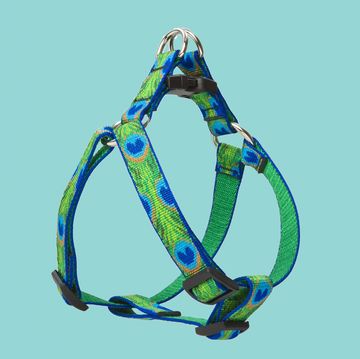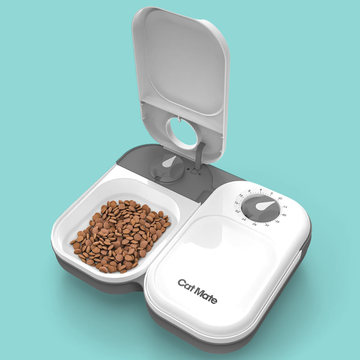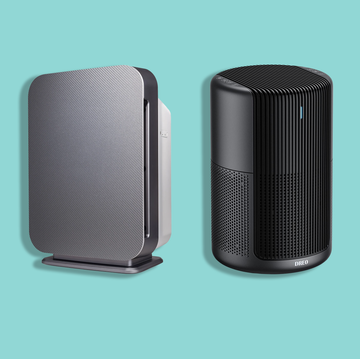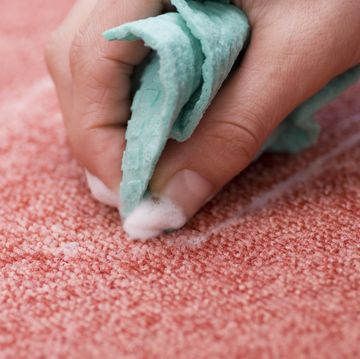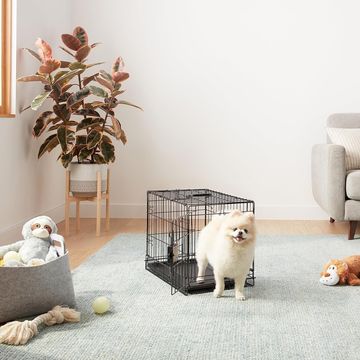Getting rid of pesky fleas and ticks is only half the battle. Doing it safely is a challenge in itself. Since many pet products contain hazardous chemicals, safety is a concern to both pets and humans. The Natural Resources Defense Council has been arguing to have the most risky chemicals removed from flea-and-tick control products, but two suspect ingredients remain on the market: propoxur and tetrachlorvinphos.
Miriam Rotkin-Ellman, an NRDC scientist, said that children are at the greatest risk of exposure and health complications because they come into close contact with pets and the residue often left behind by flea collars. In laboratories, the chemicals have been linked to health concerns ranging from nervous system and developmental problems to cancer.
Through NRDC's efforts, flea and tick collars containing propoxur now carry warning labels in California, telling pet owners that the ingredient is toxic and may cause cancer. NRDC is petitioning the Environmental Protection Agency to ban propoxur from dog and cat flea collars nationwide.
Rotkin-Ellman said that prevention is the best medicine. If you can avoid flea and ticks, you won't need to use retail treatments. She suggests:
- Regularly bathe your pet with natural cleaners.
- Vacuum the home once a week. Empty the bag and dispose of its contents.
- Wash pet bedding in hot, soapy water once a week.
- Frequently use a fine-toothed flea comb on your pet.
If you do decide to go with an over-the-counter method, Rotkin-Ellman recommends turning over the box and looking at the active ingredients. "That's the only way of actually knowing what's in these products," Rotkin Ellman said.
Based on research done by the NRDC, these are the safest products for flea and tick control:
Ingestible flea-and-tick control tablets
Tablets cause no exposure to humans and according to Rotkin-Ellman, are safe when prescribed by vets. Ask your pet doctor about:
Capstar Flea Control Tablets ($17.99 at amazon.com)
This digestible tablet is suitable for dogs and cats and contains nitenpyram, which is not a registered pesticide, but a veterinary drug. There is no risk to humans, and veterinary reports do not indicate cause for concern for animals.
Spot-on treatment
Spot-on treatments pose less of a threat than collars, but since they are so concentrated, its important that you apply the right dosage to your pet, based on its size and weight. And remember that cats and dogs respond differently to drugs, so make sure to use cat-safe products on your dog if you also have a cat, and vice versa. Try:
Zodiac Flea & Tick Spray for Dogs, Puppies, Cats and Kittens ($8.15 at amazon.com)
This spray contains s-methoprene, which is an insect growth regulator that halts that growth of chitin, the substance that creates the exoskeleton in insects. These chemicals are effective against developing insects but not adult ones, so this is a preventative treatment. Since mammals do not produce chitin, this chemical should not be a risk to humans or pets.
Flea collars
The chemicals to steer clear from when purchasing flea collars are propoxur and tetrachlorvinphos (TCVP). Instead, try:
Sergeant's Duel-Action Flea and Tick Collar for Dogs ($6.15 at amazon.com)
This collar lacks hazardous chemicals and its active ingredient, Pyriproxyfen, has very little toxic effect on humans.
Zodiac Non Breakaway Flea and Tick Collar for Cats and Kittens ($5.70 at amazon.com)
This collar contains s-methoprene, the insect growth regulator that is thought to be harmless to mammals.
Find more information and additional product listings visit NRDC's pet site, greenpaws.org.


